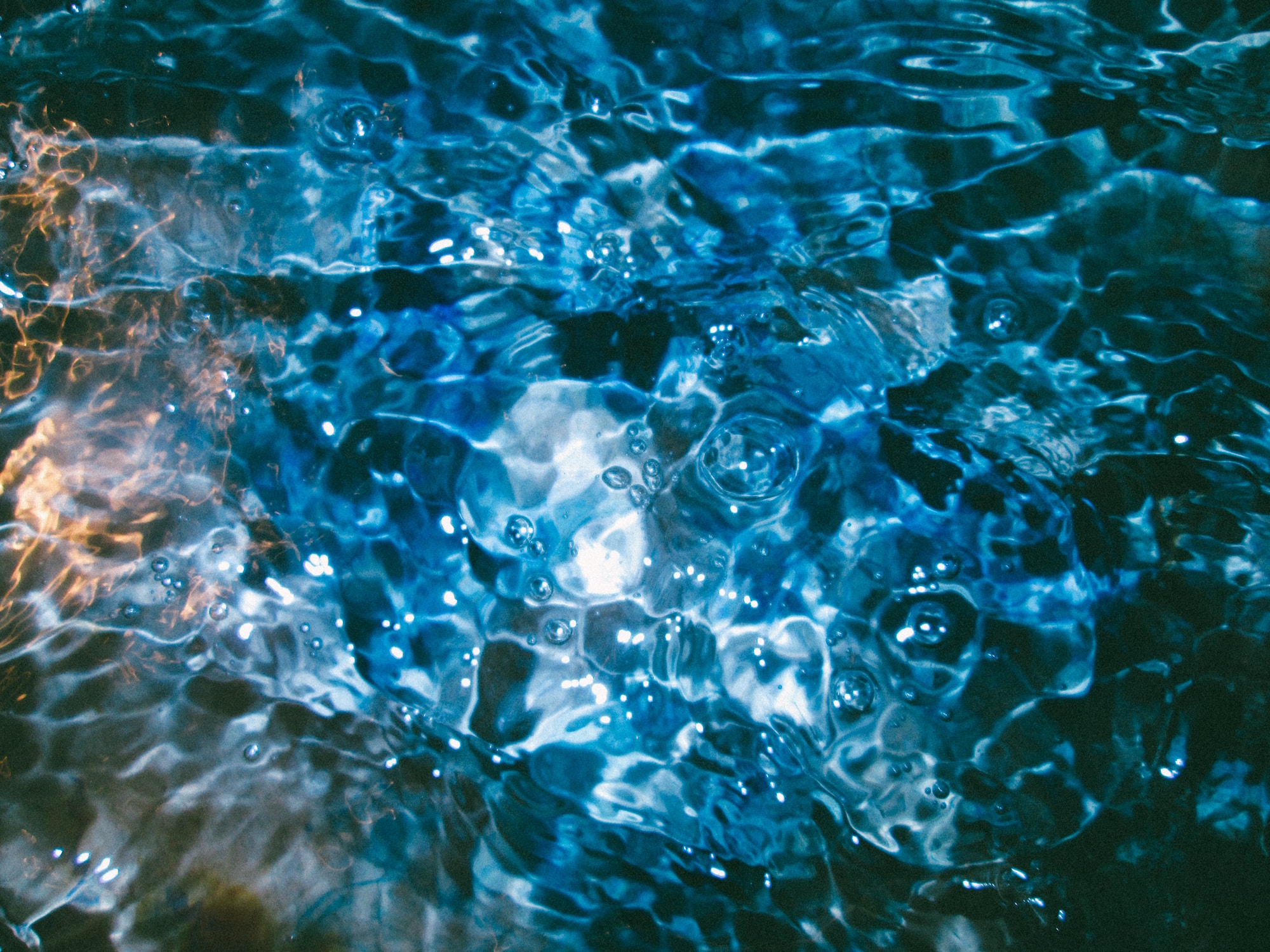My journey to discovering all the toxins in our lives was as recent as 4 years ago. While I have spent over 20 years creating natural cleaning products for The Good Home Company (a company I started in my NYC kitchen), my eyes were not truly opened to what we are exposed to on a daily basis, until I got cancer.
A breast cancer diagnosis was a shock, but also a gift. A gift because I had stage 0-1 and a type of cancer that was easily treatable by radiation alone. After 6 weeks I was given a clean bill of health and the awareness that I needed to help others and spread awareness on toxins.
Like most women I loved my makeup and hair products and always embraced a cleansing juice in a plastic bottle after a spin class. I never gave any thought to where I purchased my clothes and would eat gluten free – but didn’t give the canola oil in my salad dressing a second thought.
I was living a manufactured version of health and wellness – one that many corporations carefully crafted to make me believe what I was using on and in my body was not only on trend – but good for me too. And then I took a closer look.
The term greenwashing is thrown around a lot, but it is a real problem. People walk into a place that is marketed as healthy and therefore think everything they buy in the store is good for them — this couldn’t be further from the truth. Nearly everything we buy is unregulated. From food to clothing manufacturing to the body cream and lipstick you are wearing. Parts of it may have gone through testing, but the finished process is often filled with toxins.
It is up to you to educate and police your products until we can get our governments to impose regulations on the manufacturers and enforce them. Detox your Home will hopefully help you in this process. But the picture is constantly changing – so stay updated!
Top 5 Toxins To Look Out For
BPAs and phthalates – If you have kids you probably have vast knowledge on BPAs and the harms they can cause to a baby’s endocrine system. BPAs and phthalates are chemicals added to soften plastics. Phthalates are added to cosmetics as well. Both of these have been linked to early development in children and weight gain, thyroid issues and infertility in all ages. They have been targeted in baby bottles and toys – but the truth is we are exposed to them every single day in our food. All of our food is packaged in plastics containing these harmful chemicals. Even your yoga mat can expose you to them. Buy plastic free as much as you can. Put your veggies in cotton bags that they sell now and if it is in plastic, take it out and store it in glass container. Buy makeup and cosmetics certified phthalate free. These are not listed ingredients, so you have to ask if they are in there. Not easy, but we need to do all we can for a plastic free world. This great article gives hope that it is possible and also required for our health and the planets.
Fast Fashion
While you are not directly exposed to the dyes and chemicals that go into making a $3 tank top, thousands of workers are, along with oceans and rivers the textile industry dumps toxins in – because they can. Clothing is made in third world countries not because the labor is so cheap, but because they are also highly unregulated there. Unions don’t exist and rarely does anyone blink an eye if you dump tons of dye and chemicals into the water ways. But it does cost you. Our waters are the most polluted they have ever been. Fish flesh has been shown to have tiny microfibers from the clothing we buy and wash like fleece and the $120 exercise leggings you just bought at outdoor voices made from plastic. Make sure to wash your microfiber clothing in a bag like this and buy less.
Canola and Palm Oil
This is pretty much in every single packaged food Whole Foods makes. Canola oil is from a plant called the rapeseed plant. It is an excellent pesticide. Yes pesticide. Canola oil is a huge GMO (genetically modified) crop and 90% of all canola oil grown in the US and Canada is GMO. It is highly processed and hexane solvent (neurotoxin) is used in the extraction process. Unless it is certified as organic or non GMO – it is a GMO crop. Palm oil is the number one cause of deforestation in Indonesia and is causing the clearing of forests in Africa, South America and Malaysia. The demand for this oil has these countries clearing their forests to plant the palms – which are not necessarily indigenous to the area they are planted in. Forests are lost – along with thousands of species. The palm oil is harvested and eventually depletes the soil of all nutrients and the land is left dried and arid. Stop buying them – read your labels. Use a cold pressed organic oil like coconut, avocado or olive instead.
Vegan
I am a huge supporter of a plant-based diet – but the term Vegan has a huge amount of misconceptions around it. The definition of Vegan is a person who does not eat or use animal products. A Vegan product is one that does not contain any ingredients derived from animals and was not tested on animals. BUT Vegan does not mean it is organic or chemical-toxin free. I have seen many vegan beauty products containing nothing but chemicals. I would rather use a beeswax based lotion than one using propylene glycol – which is vegan but also used in antifreeze and a skin irritant. Vegan food is the same. It does not mean healthy in many cases, with canola and palm oil frequently used and a lot of sugar. Look at the ingredients and make sure they are recognizable and plant based – not chemical based.
Bottled Water
Bottled water is not necessarily better as most come from the same place our tap water does and goes through the same treatment process. There is no magic well or natural spring they have rights too. In fact, in the US it is often from our own national parks and public water sources that some corporations are leasing for very little money. They are siphoning our water sources and reselling it in plastic bottles that are polluting our world and also feeding us BPAs and Phthalates at the same time.
Instead, use a metal water bottle and fill up from pre-filtered tap water. If you live in a place where the local water department and treatment facility is not doing its job and the water is contaminated – then by all means use bottled water. I like Mountain Valley bottled water as it is packaged in glass and handy to use in my office where we do not have a water source.
But for most of us a good water filter is all that is needed. Fluoride is added to all water and is also found in many bottled waters as well. I do not use a fluoride toothpaste to counteract that. Reverse osmosis will remove fluoride and chlorine – but also all the good minerals. If you use reverse osmosis – make sure to add in a remineralizer. Reverse osmosis also uses 3 gallons of water – to make one gallon of “clean” water. It is wasting a very valuable resource and the best solution is to manage what the earth gave us and to care for it properly. To increase the PH of your tap water you can add a ½ a teaspoon to 2 cups of water to drink. The baking soda will bring the PH up to about 9. If you live in an old building this is important as there could be issues with old pipes. Lead gets in to water via old pipes – not from the water source. Test for lead using strips you can buy on amazon for $10 and if you have it – call the EPA!



